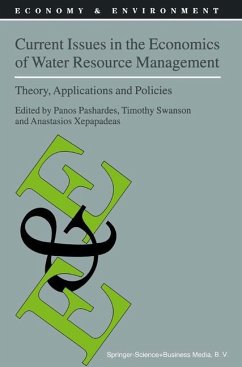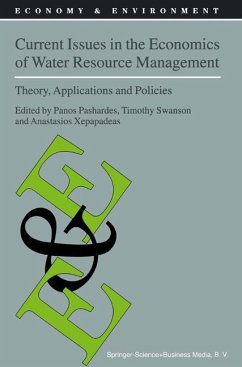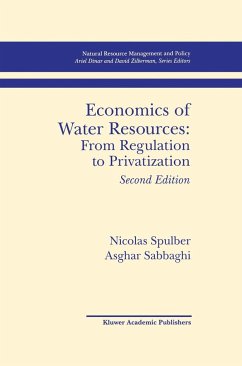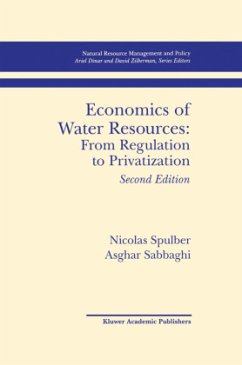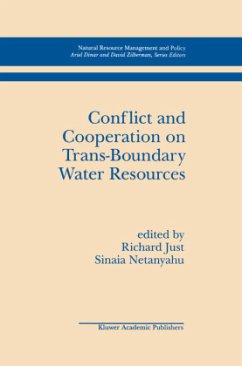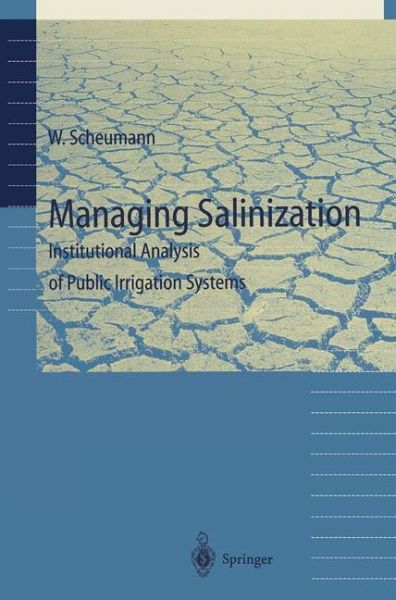
Managing Salinization
Institutional Analysis of Public Irrigation Systems

PAYBACK Punkte
19 °P sammeln!
Salinization of soils is a major threat to irrigated agriculture and counteracts the targets of costly public infrastructure investments. In this study, salinization is regarded as the outcome of an institutional arrangement which impedes the effective implementation of well-known and well-established control measures be they technical, managerial or economic. In public irrigation systems neither the management units nor the farmers are offered any incentives towards the control of high groundwater levels and salinization if the management units are embedded in a highly centralized non-market ...
Salinization of soils is a major threat to irrigated agriculture and counteracts the targets of costly public infrastructure investments. In this study, salinization is regarded as the outcome of an institutional arrangement which impedes the effective implementation of well-known and well-established control measures be they technical, managerial or economic. In public irrigation systems neither the management units nor the farmers are offered any incentives towards the control of high groundwater levels and salinization if the management units are embedded in a highly centralized non-market institutional setting. The author answers the question under which conditions management units and irrigators are active in halting and reversing the process of salinization.








